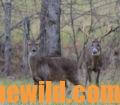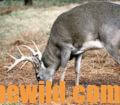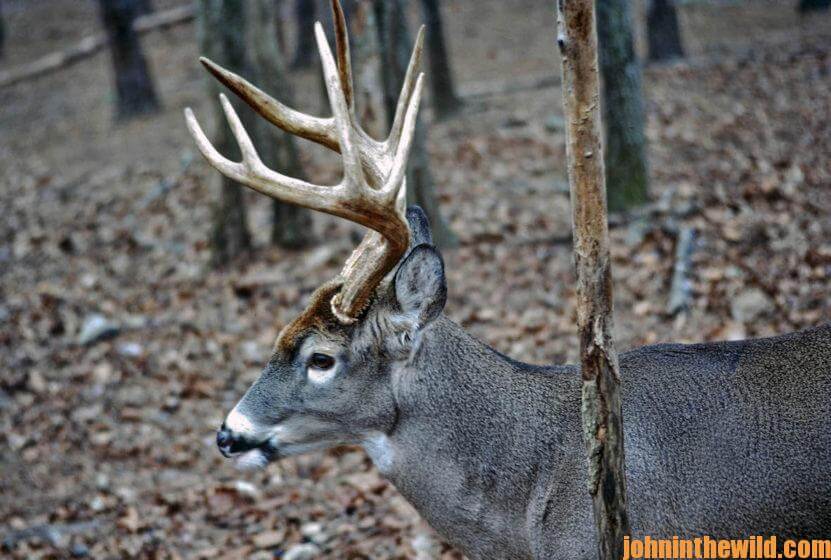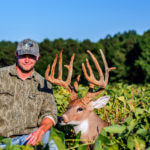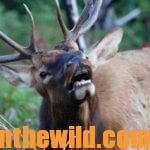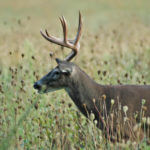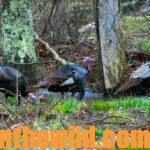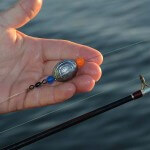Editor’s Note: Reading a deer’s body language will tell you when to draw, where to aim and what to anticipate will happen when you release the arrow. The deer’s body language also will tell you what type of shot to expect. More deer are bagged with bows and arrows by those who take the time to assess the deer’s mood and read the deer’s body language than by those who disregard what the animal is expressing, or what behavior the deer is demonstrating as he comes in for the shot. So, learn to read the deer’s body language and to anticipate the deer’s movements. You will shoot more accurately, bag more bucks and go home with more trophies.
 If a deer comes in stomping its feet, walking stiff-legged and snorting, most of the time the animal is very nervous and may suspect danger. However, I have seen a mature buck use this posture when he sees younger bucks or another buck about his same age that he wants to run out of his area.
If a deer comes in stomping its feet, walking stiff-legged and snorting, most of the time the animal is very nervous and may suspect danger. However, I have seen a mature buck use this posture when he sees younger bucks or another buck about his same age that he wants to run out of his area.
Bucks in a Warring Posture:
A posture to look for in a buck is the warring posture. Often this attitude of the deer is seen during the rut when a buck comes in bristled-up like a dog ready to fight. The buck’s hair will stand on end, making his body appear to be much larger than it is. He will walk stiff-legged and sway from side to side. His ears will be back. By watching him, you will know the buck is searching for another buck he intends to harm.
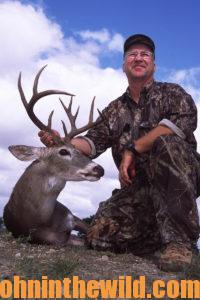 You may see this posture when you use a grunt call or rattling antlers during the rut. This deer may give you plenty of time to shoot and usually won’t jump the string, because this buck has come to fight, not to flee. Changing gears from an aggressive mode to a flight mode will be difficult for this buck. Often you can aim where you want the arrow to hit and not have to anticipate the buck’s jumping the string.
You may see this posture when you use a grunt call or rattling antlers during the rut. This deer may give you plenty of time to shoot and usually won’t jump the string, because this buck has come to fight, not to flee. Changing gears from an aggressive mode to a flight mode will be difficult for this buck. Often you can aim where you want the arrow to hit and not have to anticipate the buck’s jumping the string.
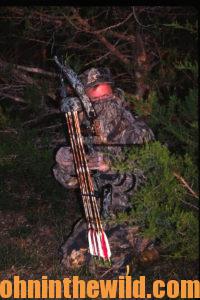 Deer Running:
Deer Running:
When bucks or does run in to an area, they are coming to that place for some reason – to fight, to respond to distress calls or to see something they are expecting to find. If you are using a grunt call, a bleat call or rattling antlers, and the deer moves in quickly, more than likely you will have to shoot fast. When the deer arrives at the spot the sound is coming from, the deer will expect to see what it has heard. If the deer doesn’t observe what the sounds you have made have told the deer it will see, then the animal will leave just as quickly as it has responded. As soon as you spot the deer coming, prepare to shoot. Probably when the deer gets into range, he won’t remain there very long for you to shoot. Aim low on this deer because as soon as he hears the string, he will coil or attempt to jump the string. He will be spooked when he does not see or hear what he thinks he should.
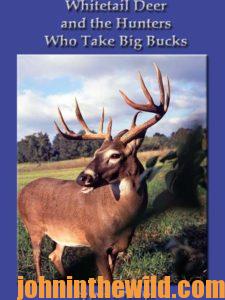 To learn more about hunting deer, check out John E. Phillips’ book, “Whitetail Deer and the Hunters Who Take Big Bucks,” available in Kindle, print versions and Audible at http://amzn.to/2bYwYOK. You may have to copy and paste this link into your browser. (When you click on this book, notice on the left where Amazon says you can read 10% of this book for free and hear 10% for free). On the right side of the page and below the offer for a free Audible trial, you can click on Buy the Audible book. To see more of John’s deer books, visit www.amazon.com/author/johnephillips.
To learn more about hunting deer, check out John E. Phillips’ book, “Whitetail Deer and the Hunters Who Take Big Bucks,” available in Kindle, print versions and Audible at http://amzn.to/2bYwYOK. You may have to copy and paste this link into your browser. (When you click on this book, notice on the left where Amazon says you can read 10% of this book for free and hear 10% for free). On the right side of the page and below the offer for a free Audible trial, you can click on Buy the Audible book. To see more of John’s deer books, visit www.amazon.com/author/johnephillips.
Tomorrow: Hunting Calm Deer

